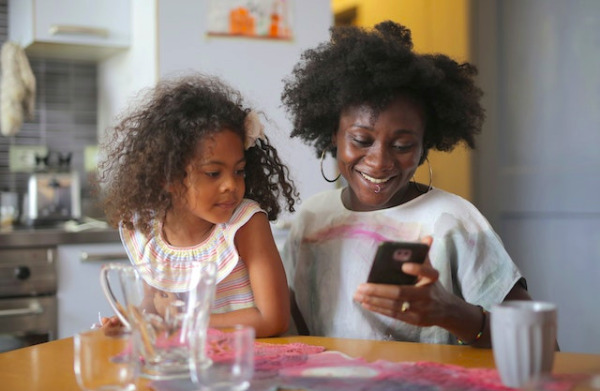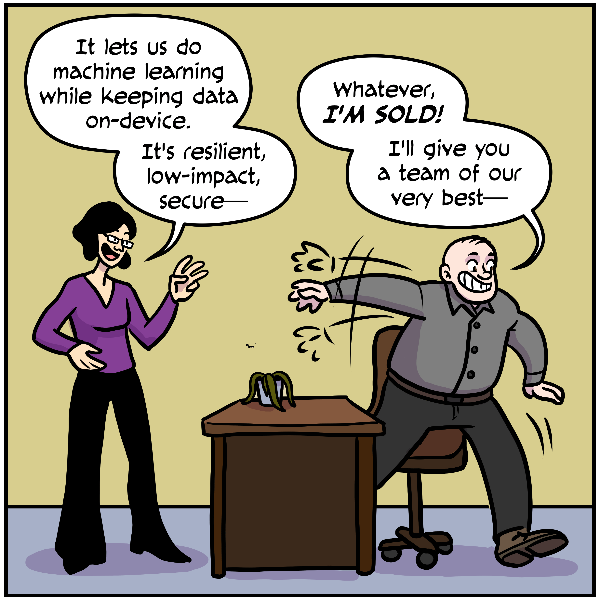ChatGPT - That AI That Is All Over the News
 So far, the biggest AI story of 2023 - at least in the education world - is ChatGPT. Chances are you have heard of it. If you have been under a rock or buried under papers you have to grade, ChatGPT is Chat Generative Pre-trained Transformer. ChatGPT is the newest iteration of the chatbot that was launched by OpenAI in late 2022.
So far, the biggest AI story of 2023 - at least in the education world - is ChatGPT. Chances are you have heard of it. If you have been under a rock or buried under papers you have to grade, ChatGPT is Chat Generative Pre-trained Transformer. ChatGPT is the newest iteration of the chatbot that was launched by OpenAI in late 2022.
OpenAI has a whole GPT-3 family of large language models. It has gotten attention for its detailed responses and articulate answers across many domains of knowledge. But in Educationland, the buzz is that it will allow students to use it to write all their papers. The first article someone sent me had a title like "The End of English Classes."
People started to test it out and there were both reactions of amazement at how good it worked, and also criticisms of very uneven factual accuracy.
Others have written about all the issues in great detail and so I don't need to go into great detail here, but I do want to summarize some things that have emerged in the few months it has been in use with the public, and provide some links to further inquiry.
- Currently, you can get a free user account at https://chat.openai.com/ I was hesitant at first to register because it required giving a mobile phone number and I don't need to get more spam phone calls but I finally created an account so I could do some testing (more on that in my next post)
- OpenAI is a San Francisco-based company doing AI research and deployment and states that their mission is "to ensure that artificial general intelligence benefits all of humanity."
- "Open" may be a misnomer in that the software is not open in the sense of open source and the chatbot will not be free forever.
- ChatGPT can write essays, and articles and even come up with poems, scripts and answer math questions or write code - all with mixed results.
- AI chatbots have been around for quite a while. You probably have used one online to ask support questions and tools like Siri, Alexa, and others are a version of this. I had high school students making very crude versions of chatbots back in the last century based on an early natural language processing program called Eliza that had been written in the mid-1960s at MIT.
- Schools have been dealing with student plagiarism since there have been schools, but this AI seems to take it to a new level since OpenAI claims that the content the bot produces is not copied but that the bot generates text based on the patterns it learned in the training data.
- This may be a good thing for AI in general or further fuel fears of an "AI takeover." You can find more optimistic stories about how AI is shaping the future of healthcare. It can accurately and quickly analyze medical tests and find connections between patient symptoms, lifestyle, drug interactions, etc.
- I also see predictions that as AI makes the once humans-only skill of writing automated that our verbal skills will carry more weight.
You can write to me at serendipty35blog at gmail.com with your thoughts about these chatbot AI programs or any issues where tech and education cross paths for better or worse.
FURTHER INQUIRY
Forbes says that ChatGPT And AI Will Fuel New EdTech Boom because venture capitalists predict artificial intelligence, virtual reality and video-learning startups will dominate the space in 2023.
This opinion piece compares ChatGPT to the COVID pandemic! insidehighered.com/views/2023/02/09/chatgpt-plague-upon-education-opinion
The New York Times podcast, The Daily, did an episode that included tests of the bot. Listen on Apple Podcasts
A teacher friend posted on his blog a reaction to the idea that ChatGPT is the death of the essay. he says "And here's my point with regard to artificial intelligence: if students are given the chance and the encouragement to write in their own voices about what really matters to them, what possible reason would they have for wanting a robot to do that work for them? It's not about AI signaling the death of writing. It's about giving students the chance to write about things they care enough about not to cheat."
OpenAI is not alone in this AI approach. Not to be outdone, Google announced its own Bard, and Microsoft also has a new AI that can do some scary audio tricks.
People are already creating "gotcha" tools to detect things written by ChatGPT.
I found a lesson for teachers about how to use ChatGPT with students. Here is a result of asking ChatGPT to write a lesson plan on how teachers can use ChatGPT with students.


